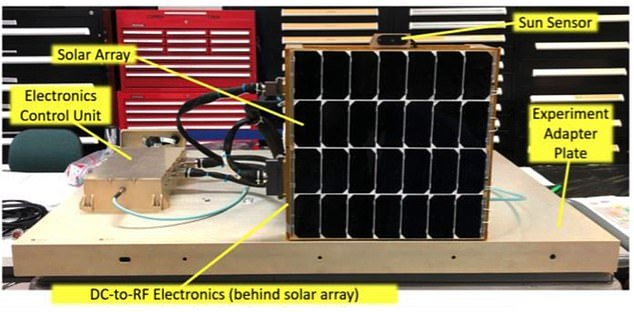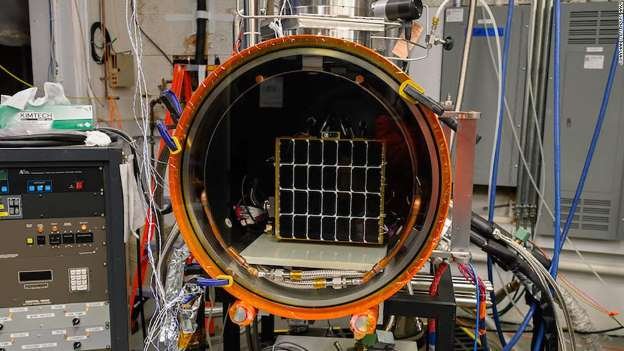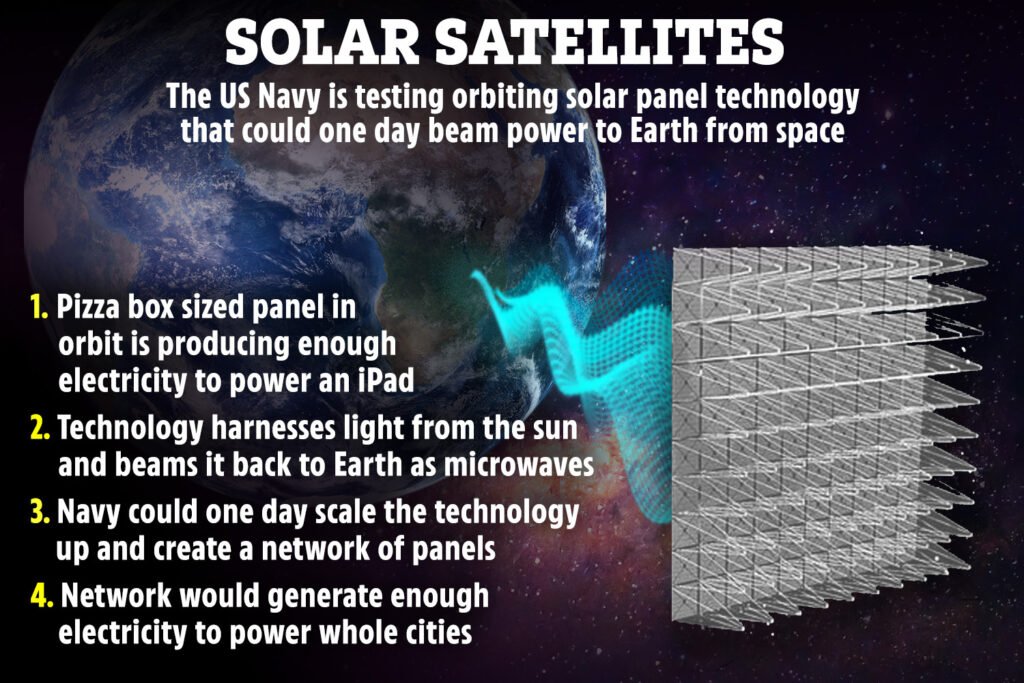A team of scientists have successfully tested a solar panel prototype that can theoretically send electricity from space back to anywhere on Earth.
The panel, called the Photovoltaic Radio-Frequency Antenna Module (PRAM) and roughly the size of a pizza box, was first launched in May 2020, mounted to the Pentagon’s top secret X-37B drone.


The drone is looping Earth every 90 minutes.
Thanks to the fact that the sunlight isn’t blocked by the Earth’s atmosphere, the panel can receive more illumination that it would on Earth.
So far, the prototype has generated about 10 watts, plenty to power a tablet.
But the project envisages an array of dozens of solar panels and, if scaled up, its success could revolutionize both how power is generated and distributed to remote corners of the globe. It could contribute to the Earth’s largest grid networks.

The unit has yet to actually send power directly back to Earth, but that technology has already been proven. If the project develops into huge kilometers-wide space solar antennae, it could beam microwaves that would then be converted into fuel-free electricity to any part of the planet at a moment’s notice.
You can send power to Chicago and a fraction of a second later, if you needed, send it instead to London or India.

The transmission technologies required to make that happen are still in their infancy, but such a method of power delivery could prove to be extremely promising.
Reference- CNN, Forbes, Space-News, IEEE Journal Of Microwaves






